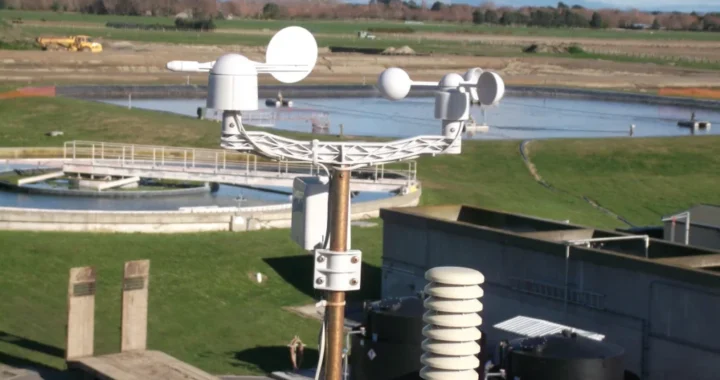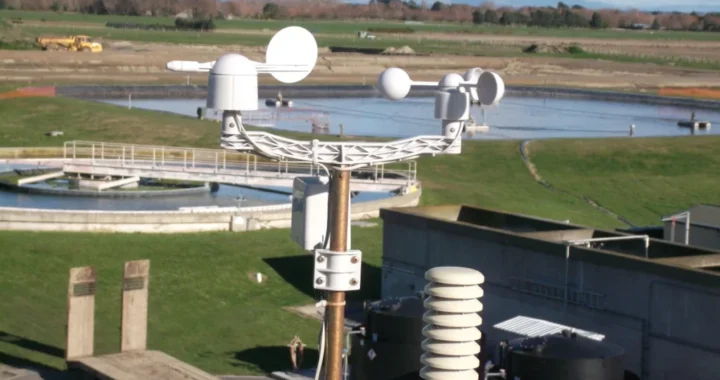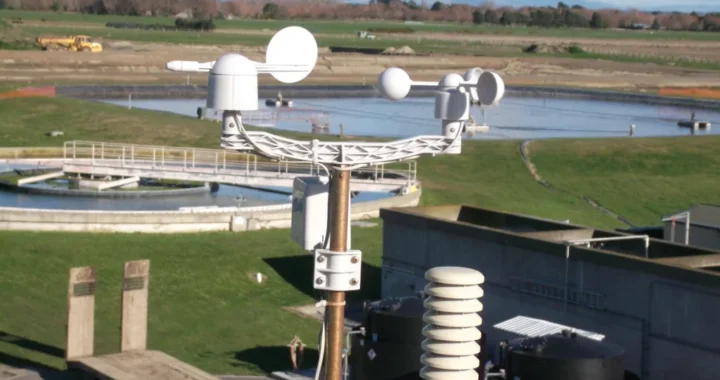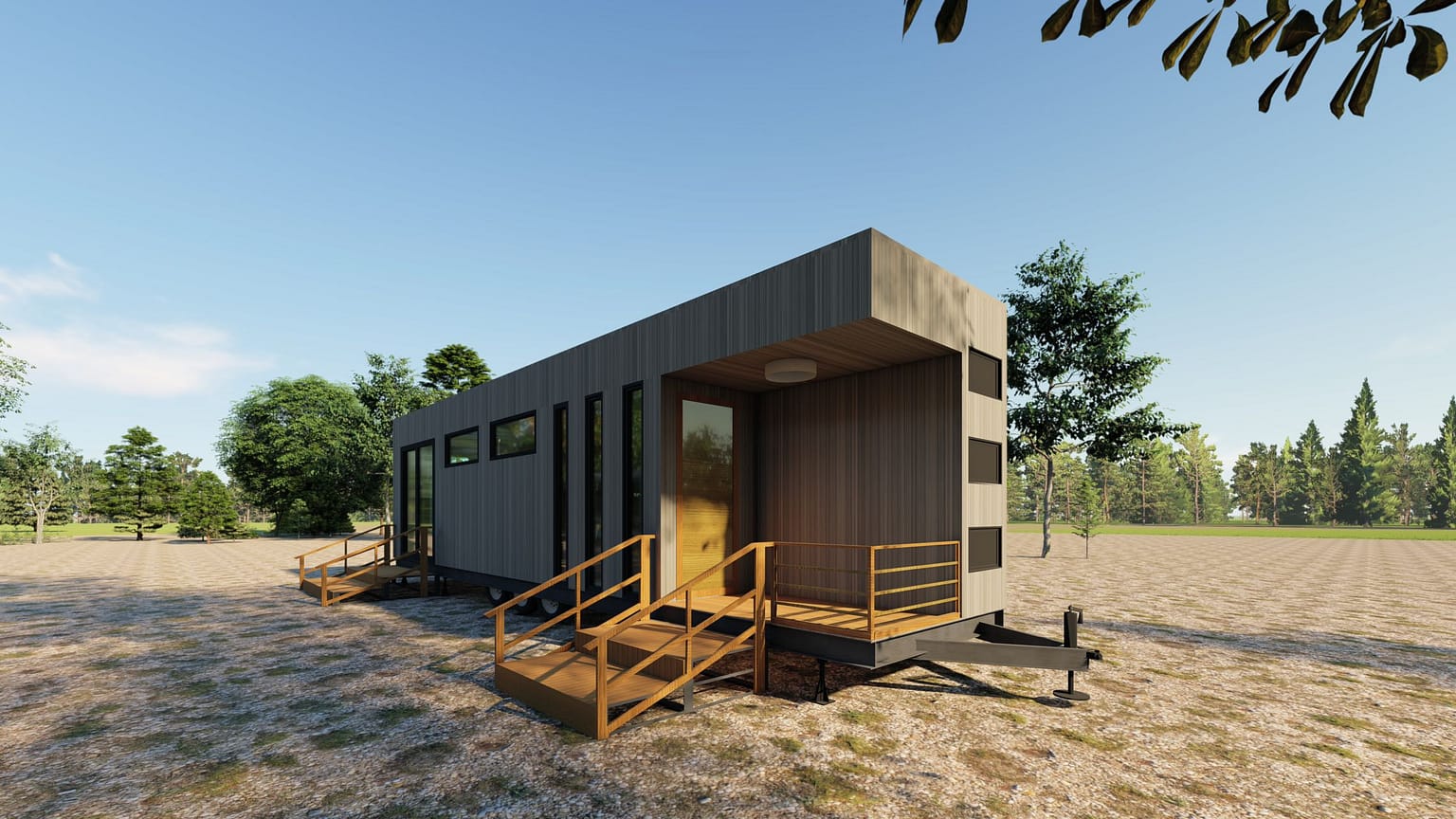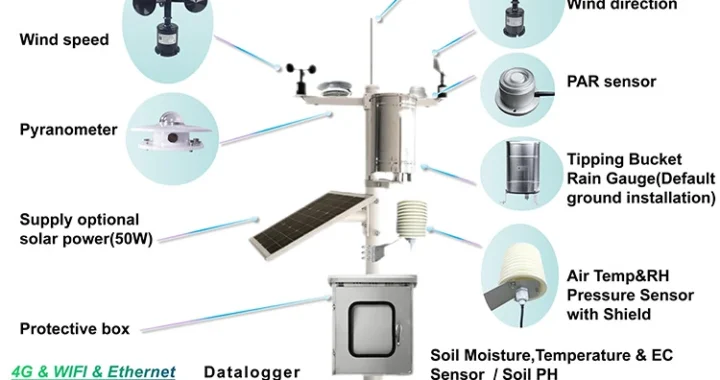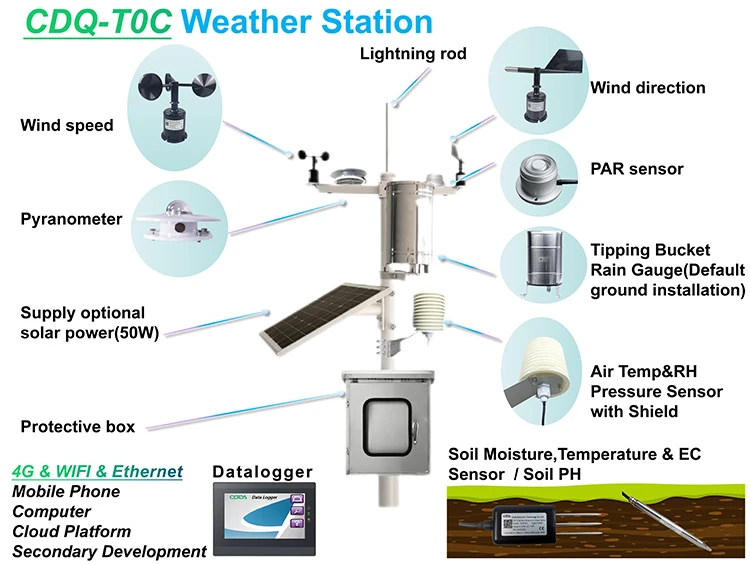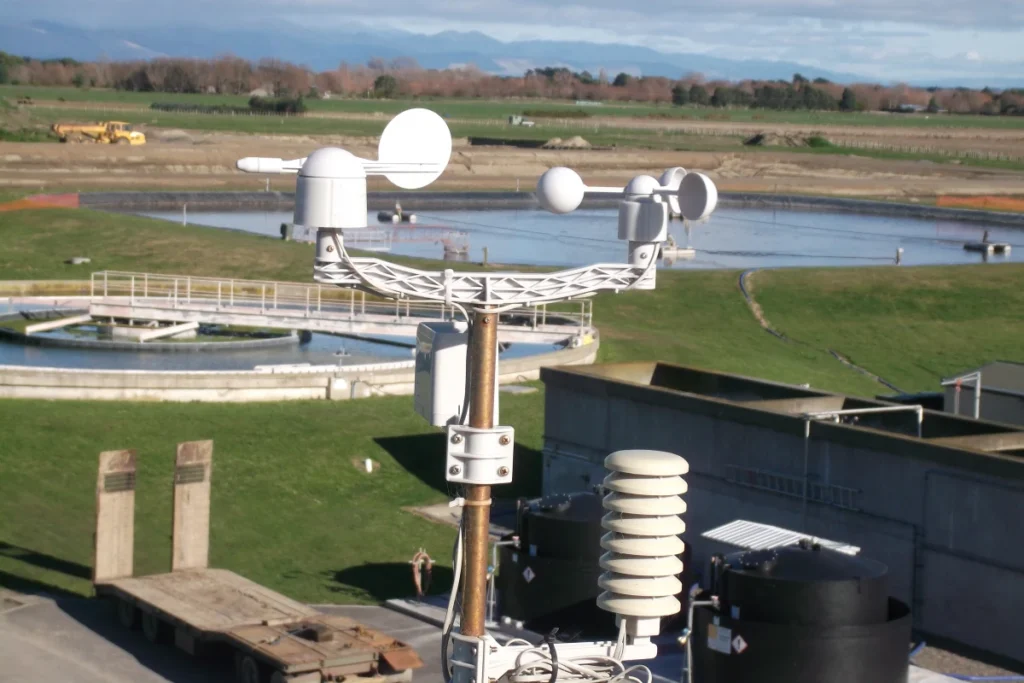
# Definition of Anemometer in Meteorology
An anemometer is a crucial instrument used in meteorology to measure wind speed and, in some cases, wind direction. It plays a vital role in weather forecasting, aviation, and environmental monitoring. Understanding how an anemometer works and its significance can provide valuable insights into atmospheric conditions.
## What is an Anemometer?
An anemometer is a device designed to measure the speed of wind. The term “anemometer” is derived from the Greek word “anemos,” meaning wind, and “metron,” meaning measure. There are several types of anemometers, each with its unique mechanism for capturing wind data.
### Types of Anemometers
1. **Cup Anemometer**: This is the most common type, consisting of three or four cups mounted on horizontal arms. The cups catch the wind, causing the arms to rotate. The speed of rotation is proportional to the wind speed.
2. **Vane Anemometer**: Also known as a windmill anemometer, this type uses a propeller or a set of blades that rotate when exposed to wind. The rotation speed is measured to determine wind speed.
3. **Hot-Wire Anemometer**: This type uses a thin wire heated by an electric current. The wind cools the wire, and the change in temperature is used to calculate wind speed.
4. **Sonic Anemometer**: This advanced type uses ultrasonic sound waves to measure wind speed and direction. It is highly accurate and is often used in research and high-precision applications.
## Importance of Anemometers in Meteorology
Anemometers are indispensable tools in meteorology for several reasons:
– **Weather Forecasting**: Accurate wind speed measurements are essential for predicting weather patterns and issuing warnings for severe weather events like hurricanes and tornadoes.
– **Aviation**: Pilots rely on wind data to ensure safe takeoffs, landings, and in-flight navigation. Anemometers provide real-time wind speed and direction information.
– **Environmental Monitoring**: Wind data is crucial for studying air quality, dispersion of pollutants, and the impact of wind on ecosystems.
– **Renewable Energy**: Wind turbines require precise wind speed measurements to optimize energy production. Anemometers help in site selection and performance monitoring of wind farms.
## How Anemometers Work
The basic principle behind most anemometers is the conversion of wind energy into mechanical or electrical signals. For example, in a cup anemometer, the wind causes the cups to rotate. The rotation is then converted into an electrical signal, which is processed to determine wind speed. In sonic anemometers, the time it takes for ultrasonic sound waves to travel between sensors is measured to calculate wind speed and direction.
### Calibration and Accuracy
To ensure accurate measurements, anemometers must be regularly calibrated. Calibration involves comparing the anemometer’s readings with a known standard or reference instrument. Factors such as temperature, humidity, and altitude can affect the accuracy of anemometers, so these variables must be considered during calibration.
## Conclusion
Anemometers are essential instruments in meteorology, providing critical data on wind speed and direction. Their applications range from weather forecasting and aviation to environmental monitoring and renewable energy. Understanding the different types of anemometers and how they work can help in selecting the right instrument for specific needs and ensuring accurate and reliable wind measurements.
Keyword: define anemometer
